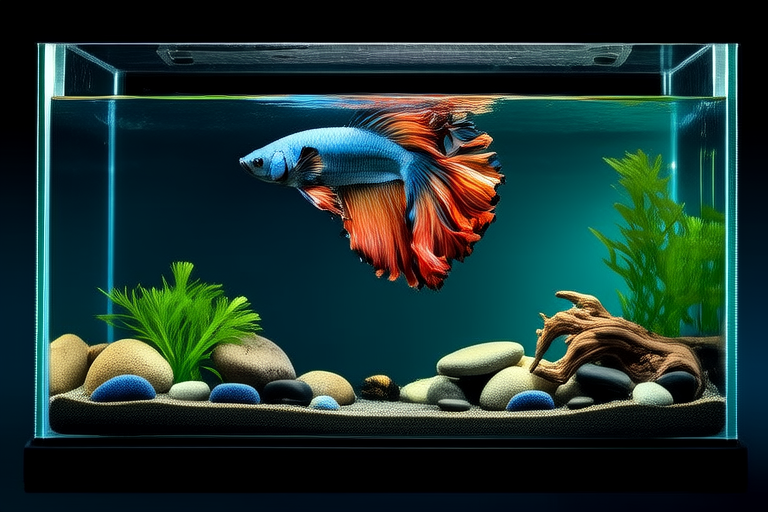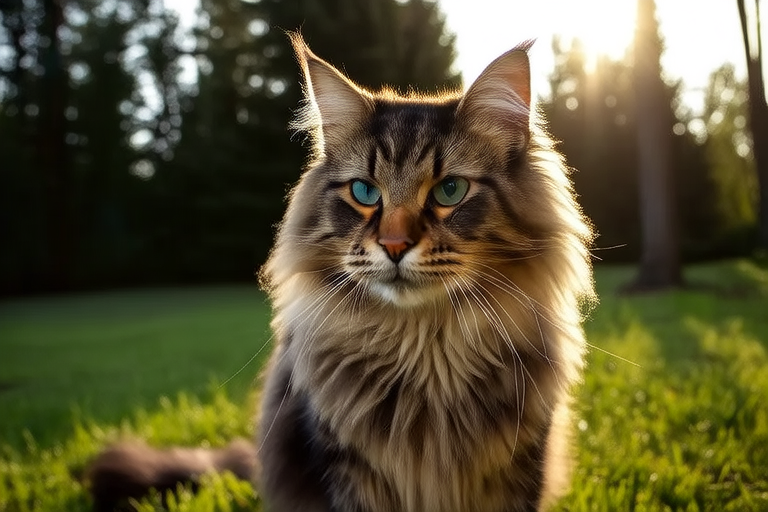
DIY Hamster Habitat Hacks for Happy Golden Hamsters
Welcome to your guide on creating the perfect DIY habitat for your golden hamster! These adorable creatures have specific needs that, when met, ensure they lead healthy and happy lives. Golden hamsters, also known as Syrian hamsters, are solitary animals that require ample space, cozy sleeping areas, and enrichment to thrive. This comprehensive guide will walk you through everything you need to know about building or enhancing a DIY habitat, from selecting the right materials to providing stimulating environments and maintaining hygiene.
Understanding the Unique Needs of Golden Hamsters
Golden hamsters are nocturnal by nature, meaning they’re most active during the night. They are also territorial, so it’s essential to provide them with a spacious and secure environment. Additionally, these rodents are burrowing animals, so they need a habitat that mimics their natural environment as closely as possible. A well-thought-out habitat will help your golden hamster feel safe, comfortable, and stimulated.
Step-by-Step Instructions for Building or Enhancing Your Hamster’s Habitat
Selecting the Right Cage
The first step in creating a DIY hamster habitat is choosing the right cage. Opt for a large cage with plenty of vertical space, as hamsters love to climb. A minimum size of 48 inches long, 24 inches wide, and 18 inches high is recommended. Avoid wire-bottom cages, as they can cause injuries. Instead, go for solid flooring or add a layer of soft bedding.
Materials Needed
- Cage (minimum size: 48x24x18 inches)
- Hamster-safe bedding material (e.g., wood shavings, paper-based bedding)
- Toys and tunnels (ensure non-toxic and chewable)
- Food and water dishes
- Exercise wheel (solid surface to prevent injury)
- Chew sticks and hay
- Sand bath (for dust bathing)
- Coconut fiber or fleece hammock for sleeping
Building the Habitat
- Set Up the Base: Place a thick layer of bedding at the bottom of the cage to absorb waste and provide comfort.
- Add Toys and Tunnels: Incorporate various toys and tunnels to keep your hamster entertained and mentally stimulated.
- Install Food and Water Dishes: Position dishes away from bedding to minimize contamination. Use heavy bowls to prevent tipping.
- Include an Exercise Wheel: Attach a solid-surface wheel to allow your hamster to run freely.
- Provide Chew Sticks and Hay: Add chew sticks and hay to promote dental health and satisfy natural chewing instincts.
- Introduce a Sand Bath: Place a shallow dish filled with chinchilla sand for dust bathing.
- Create a Cozy Sleeping Area: Add a coconut fiber or fleece hammock for your hamster to rest in.
Safety Tips
- Ensure all materials used are non-toxic and free from sharp edges.
- Regularly clean the habitat to maintain hygiene.
- Monitor your hamster’s activity and behavior to identify any signs of discomfort or illness.
Creating Cozy Sleeping Areas
A cozy sleeping area is crucial for your golden hamster’s well-being. Hamsters are naturally burrowing animals and prefer dark, enclosed spaces for sleeping. To replicate this, you can use a coconut fiber or fleece hammock. Place the hammock in a quiet corner of the cage, away from direct light. You can also add a small cardboard box or a wooden nest for extra privacy. Ensure the sleeping area is easily accessible and provides a sense of security.
Enriching the Environment with Toys and Tunnels
Golden hamsters are intelligent and curious creatures that benefit greatly from an enriched environment. Providing toys and tunnels will stimulate their minds and bodies, preventing boredom and promoting physical fitness. Some popular options include:
- Cardboard tubes for tunneling
- Plastic balls for supervised playtime
- Puzzle feeders for mental stimulation
- Safe chew toys to satisfy their natural chewing urges
Rotate toys periodically to keep things interesting and prevent overuse of any single item.
Ensuring Proper Ventilation and Cleanliness
Proper ventilation and cleanliness are essential for maintaining a healthy living environment for your golden hamster. The cage should be placed in a cool, quiet area away from drafts and direct sunlight. Clean the cage weekly, removing soiled bedding and replacing it with fresh material. Regular cleaning helps prevent odors and reduces the risk of illness. Use mild, pet-safe cleaners to disinfect the cage and accessories.
Choosing the Right Bedding and Food Dishes
Selecting the appropriate bedding is vital for your hamster’s comfort and health. Opt for hamster-safe bedding such as wood shavings or paper-based bedding. Avoid cedar and pine shavings, as they can irritate your hamster’s respiratory system. For food dishes, choose heavy, spill-proof bowls to prevent tipping. Position food and water dishes away from bedding to minimize contamination.
Maintaining a Healthy, Happy Hamster
Regular checks and interactions are key to keeping your golden hamster healthy and happy. Spend time each day observing your hamster’s behavior, appetite, and overall appearance. Look out for signs of illness, such as lethargy, loss of appetite, or unusual discharge. If you notice any concerning symptoms, consult a veterinarian promptly. Engage your hamster daily with playtime and gentle handling to strengthen your bond and ensure they remain socialized.
Conclusion
By following these DIY hamster habitat hacks, you’ll be able to create a nurturing and stimulating environment for your golden hamster. Remember to prioritize their unique needs, including ample space, cozy sleeping areas, and enriching activities. With proper care and attention, your golden hamster will lead a happy and fulfilling life. Enjoy the journey of raising this delightful companion!




